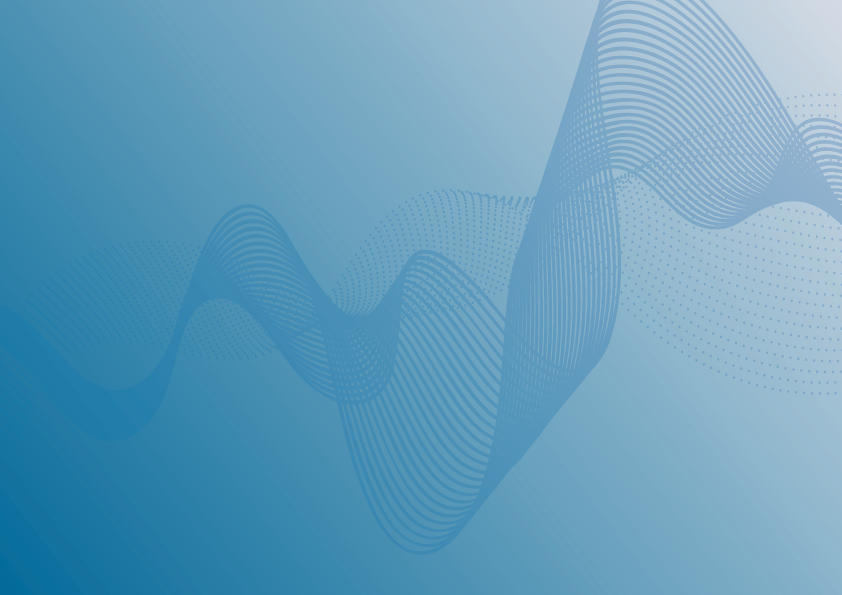
IN SPOTLIGHT
The Next Global Mega Epoch Change Beginning Around 2030
Is the current turbulence in the world only about Trump and his followers playing reckless politics out of the blue, or are we witnessing the beginning of a new era in the global world order?
BLOG BY FUTURES PLATFORM
What makes strategic foresight successful in organisations?
How can organisations define foresight success and identify areas of improvement? To understand which factors are the most influential in determining organisational foresight success, we’ve interviewed twelve Finnish organisations from both the public and private sectors.
New: Scenario Analysis now available on Futures Platform
Trend cards on Futures Platform's foresight database now include two scenario descriptions and their development timelines.
Foresight Methods: Introducing Our New Article Series
By analysing data from various sources, foresight methods help make sense of today's world, make assessments about the world of tomorrow, and proactively answer to the opportunities and challenges that will define the future. In this introduction, we will discuss why foresight is necessary and how it helps you keep up with continuous change.
Is Human-Machine Collaboration the Next Step in Strategic Foresight?
Although it is no news anymore that AI is better than us humans at spotting patterns across large data sets, machine intelligence is still not advanced enough to understand correlation and causality, which are among humans’ strong suits. Joining these two forces can help organisations streamline foresight processes and save time.
Wild Cards and Science Fiction: Free Imagination
As uncertainty about the future increases, wild cards and science fiction are gaining popularity among various organisations to foster future preparedness and visionary thinking. Exploring possible futures supported by free imagination is a cornerstone of versatile foresight practice.
Horizon Scanning and Vigilance Concerning Changes: Discontinuities, Emerging Issues and Weak Signals
Horizon scanning is the phase of gathering future-related knowledge, which is the first stage of the larger foresight process. It is about being vigilant concerning the changes in one’s environment. The main focus in this category of Futures intelligence is on discontinuities, emerging issues, and weak signals of change.
Scenarios: Looking for Alternatives
Scenarios help to expand the time horizon, aid in looking beyond the usual extrapolations and improve thinking about the potential unexpected developments. Being descriptions of possible, probable or preferable futures, they help organisations prepare for various contingencies and plan accordingly.
Trends, Change Drivers and Megatrends: Understanding the Big Picture and Path-Dependencies
Much of what we can know about the future at the present moment is based on the directions and interactions of megatrends, trends and change drivers.
Futures Intelligence: Types of Futures Knowledge
Futures intelligence is a key component of all successful decision making, strategy work or innovation. It provides its users with analytical knowledge about future changes, trends and their potential impacts. This is the first part of our Futures Intelligence blog series.
Trend analysis: Is it just a hype or a real trend?
What is the right time to go to an emerging market? If you are too early, the markets are not ready, and you end up losing time and money. If you are late, someone else will grasp the lion´s share of the growing market, and you end up to be just a follower. Hence, how to know when the trend is real and the market is ready?
The Importance of Cross-Industry Conversations in Continuous Foresight
Futures and foresight-oriented discussions have a tendency to focus on specific industries. Having an in-depth understanding of key trends and directions within one’s industry is a must, however, a too heavy focus on industry-specific approaches can also be limiting.
Foresight in Government: How to Build In-House Foresight Capabilities in Public Organizations
Compared to one-off projects, building internal foresight capacities helps institutions place foresight at the very core of the organizational culture.













